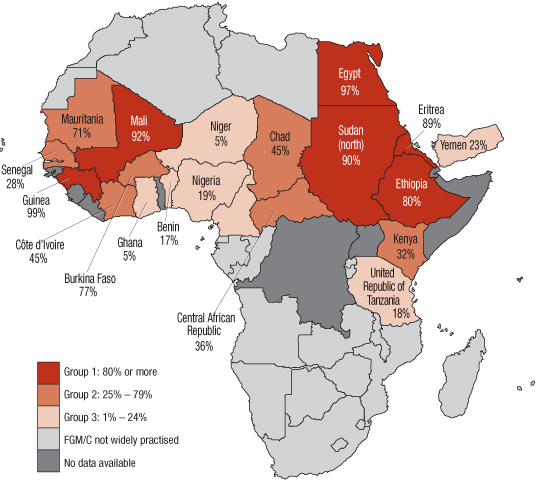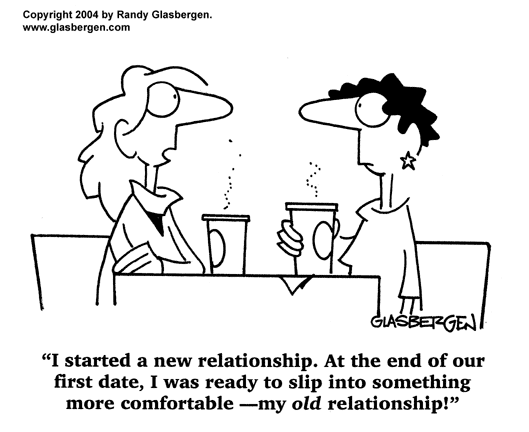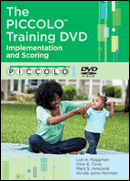Earlier today I came across an article entitled, “You Shouldn’t Ask Why Janay Rice Stayed” by Tara Culp-Ressler posted through ThinkProgress (http://thinkprogress.org/health/2014/09/09/3564896/janay-rice-cycle-abuse/). Recently, the conversation of violence, specifically domestic violence, has taken a lead in national conversations because of the implications for Rice and other players through the NFL. The article contends that the conversations surrounding Janay Rice should focus substantially less on whether she stayed with Ray Rice after his abuse; given that his violence towards her was first brought to light even before they were married, despite her status as a victim of a violent crime, many individuals have publicly criticized her for remaining with her abuser. The focus on her continued loyalty and support to Rice has drawn as much attention, if not more, as his release from the team or the NFL’s tougher policy on partner violence.
I am not inserting my personal opinion in to this blog. The reason I selected this article is because I think it serves as an incredible example of social interactionism and is a critical, relevant social issue which deserves to be discussed; the interactions of multiple perspectives is what makes this issue so ripe for analysis through the theory.
To understand people’s anger with Janay requires one to understand that there have been ongoing frustrations with tolerant (or perceived tolerant) social behavior towards violence which many people find upsetting. Particularly for the social elite, or for those who would keep a winning football team at the expense of appropriately disciplining a player, permissiveness of wrongs condones behaviors because of how they are prioritized against other social values. Especially given the NFL’s previous history in addressing domestic violence, frustration has mounted in drawing a hard line to no longer accept this behavior. Scalding articles, as captured in one piece entitled, “The NFL, Where Smoking Pot Is 8 Times Worse Than Beating a Woman,” succinctly captures the discrepancy between punishments in the athletic industry and demands they reflect the social harm they truly cause. (http://mashable.com/2014/08/27/nfl-marijuana-josh-gordon-suspension/)
The article quotes Chai Jindasurat, the programs coordinator for the Anti-Violence Project, who says, “When we solely focus on whether a survivor stays with or leaves their abusive partner, we place all the responsibility on the survivor rather than holding an abusive partner accountable. Intimate partner violence is about power and control, and leaving can be an extremely dangerous and frightening option for survivors.” This perspective shows the complexities involved with the cycle of violence and how Janay’s role as a woman and partner is shaped by complex, and often conflicting, social interactions. Activists have even started a Facebook hashtag #WhyIStayed (although there is also a #WhyILeft movement), to explain their perspectives and experiences. In essence, they explain why staying is not just a symbol of “weakness” or “submissiveness,” but how staying is tougher course of action because of the limited resources and support which are often offered.
The racial component is also explored, as the article cites a Drexel University therapist speaking about the perception of African American women. She says, “It’s almost like we can’t be victims. We can’t be innocent victims in the way that women of other races can be.” The speculations which have gone into how Janay “deserved” her treatment (statements which echo other dominant social commentary regarding abuse, such as when Rihanna was beat by boyfriend Chris Brown http://thestir.cafemom.com/entertainment/156026/amanda_bynes_tells_rihanna_chris), show how social perceptions cloud discussion of appropriate punishment and lead to victim blaming and shaming. Further undermining her agency as a woman by questioning her decision to stay, in addition to language about how she deserved her treatment, is a form of re-victimization by undercutting her as an individual and justifying the behavior against her.
In essence, the action of staying with her husband Ray Rice has been used to represent and characterize domestic violence situations universally, and has made Janay a social symbol for domestic violence victims and survivors. The cultural underpinnings of this decision, couple with the social roles perceived by individuals, has become a hotly contested issue which is representative of the social interactionism perspective’s analysis of conflict and social change.




















